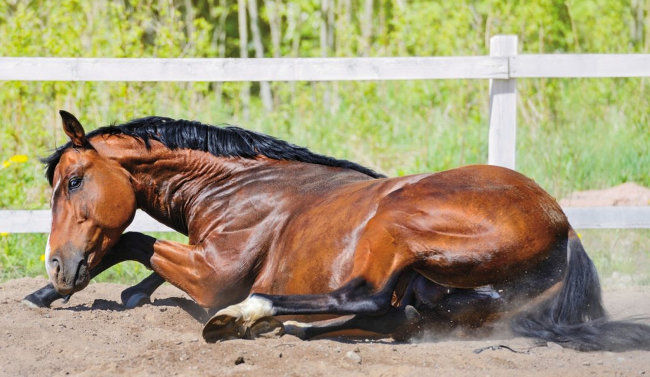Exertional Rhabdomyolysis (ER) commonly known as “tying up” is a muscle disorder that affects many performance horses. Whether it occurs after an intense workout or a simple trail ride, the condition can be alarming for both horse and owner. This post will help you better understand ER, how to recognise the signs, and most importantly, how to prevent it.
What Is Exertional Rhabdomyolysis?
Signs of exertional rhabdomyolysis typically occur shortly after exercise, and include:
- Muscle stiffness, especially in the hindquarters
- Shortened or stilted stride
- Reluctance to move
- Excessive sweating and rapid breathing
- Muscle tremors or cramping
- Pain and distress (may resemble colic)
- Dark yellow or brown urine in severe cases (due to muscle pigment release)
ER can affect all breeds, but it is especially common in young, fit horses with high-strung temperaments. Performance disciplines such as racing, endurance, and eventing see higher incidences.
Causes
There are many causes of ER, with some being more complex than others.
Simple changes in exercise intensity, increased rest days before work, reduced electrolyte availability or diet can lead to clinical signs.
Other more complex genetic conditions (malignant hyperthermia, polysaccharide storage myopathy, quarter horse myositis) can lead to disease, and is often associated with repeat offences characterised as Recurrent Exertional Rhabdomyolysis.
Preventing Future Episodes
While a single ER episode can often be explained by overexertion or mismanagement, long-term prevention is key to protecting your horse’s health and performance.
1. Optimise the Diet
- Feed a low-starch, high-fat diet to avoid insulin spikes and provide stable energy.
- Ensure proper levels of electrolytes, vitamin E, selenium, and calcium.
- Avoid high-sugar treats and abrupt feed changes.
2. Create a Consistent Exercise Plan
- Daily exercise is critical. Avoid scenarios where horses are stabled all week and ridden hard on the weekend.
- Allow for proper warm-up and cool-down periods.
- After any period of rest, gradually reintroduce work, don't jump straight into high intensity.
3. Reduce Stress and Excitement
- Nervous, excitable horses are more prone to tying up.
- Maintain a low-stress environment and predictable routines.
- Use paddock turnout to allow natural movement.
4. Use Medication When Necessary
- In some high-risk horses, your vet may recommend prior to exercise
- Always follow your vet’s instructions regarding medication timing and dosage.
What to Do During an Episode
If you suspect your horse is tying up:
- Stop exercise immediately.
- Keep the horse calm and still.
- Do not force movement.
- Cold hosing may help
- Allowing access to plenty of water with electrolytes
- Call your veterinarian as soon as possible for assessment and supportive care.
Management Plan
Whether you're dealing with your horse’s first tying up incident or want to prevent future episodes, we’re here to help. Contact us on 4982 2552 or admin@maraboonruralvetservices.com.au to book a consultation and develop a personalised nutrition and exercise program for your horse.




